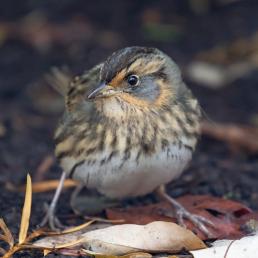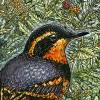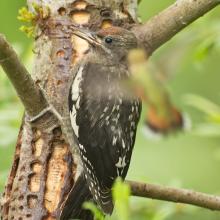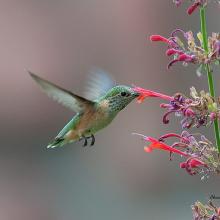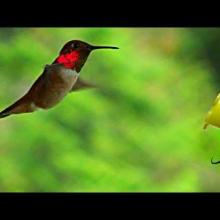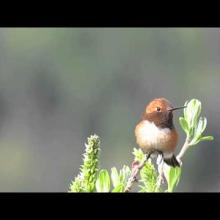

Join BirdNote tomorrow, November 30th!
Illustrator David Sibley and actor H. Jon Benjamin will face off in the bird illustration battle of the century during BirdNote's Year-end Celebration and Auction!
Photographer Gregg Thompson spent several days watching the nest cavity of a pair of Red-breasted Sapsuckers, a species of woodpecker found in far western North America. Cavities are generally excavated in dead trees or dead portions of live trees. Pairs may return to nest in the same area — or even the same tree — year after year, but don't reuse cavities.

These holes are valuable real estate for species such as bluebirds and flying squirrels, which nest and roost in cavities but aren't able to excavate their own.
RELATED: Do sapsuckers suck sap?
We hope you enjoy this intimate look at a very interesting species.
The male, largely responsible for excavation, removes wood chips from the interior of the nest cavity.
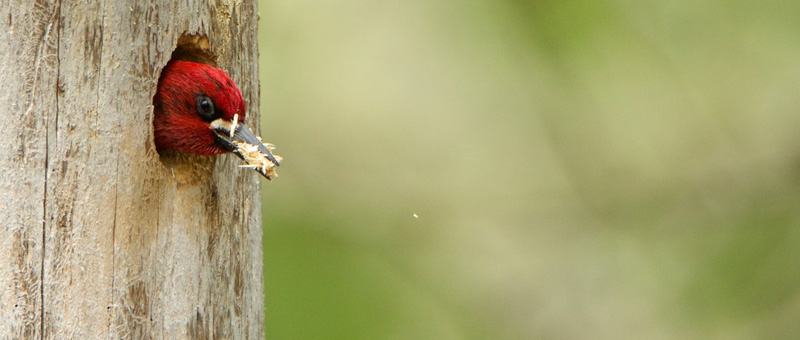
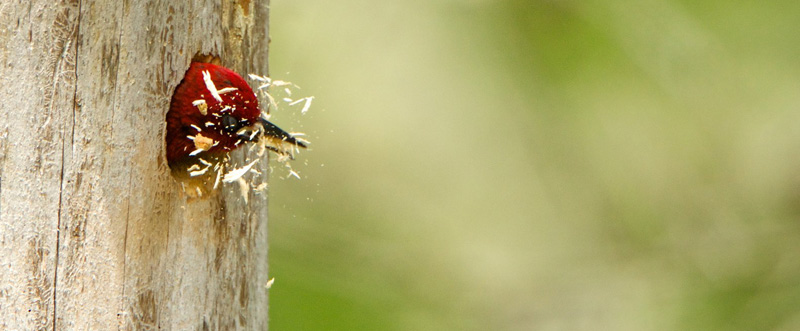
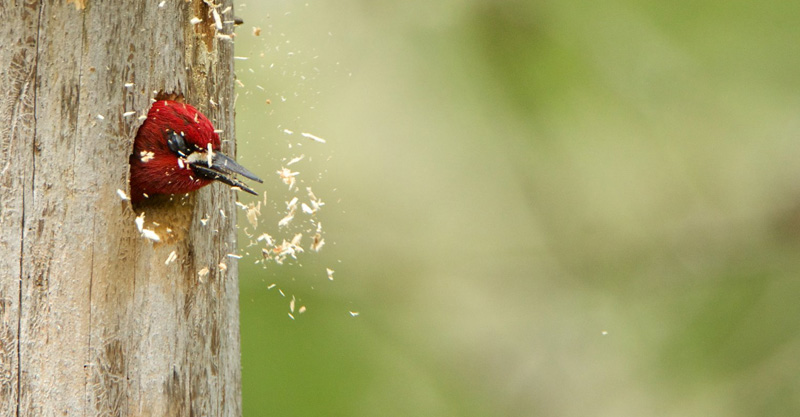
Both parents incubate the eggs and feed the young. Here, an adult returns to the cavity with food. Sapsuckers specialize in eating sap but, like other birds with mostly liquid diets, they feed insects to their young.
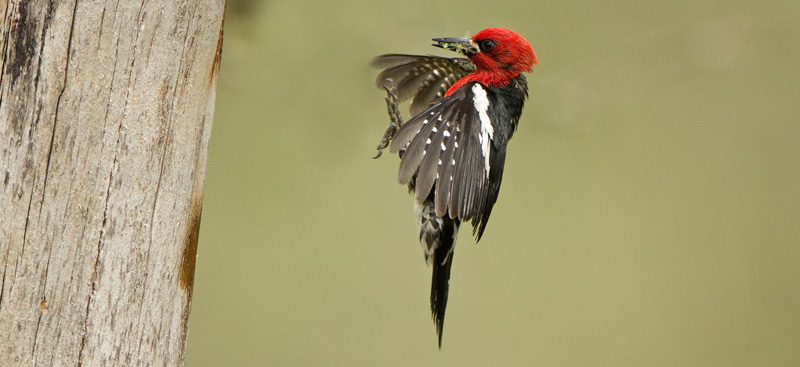

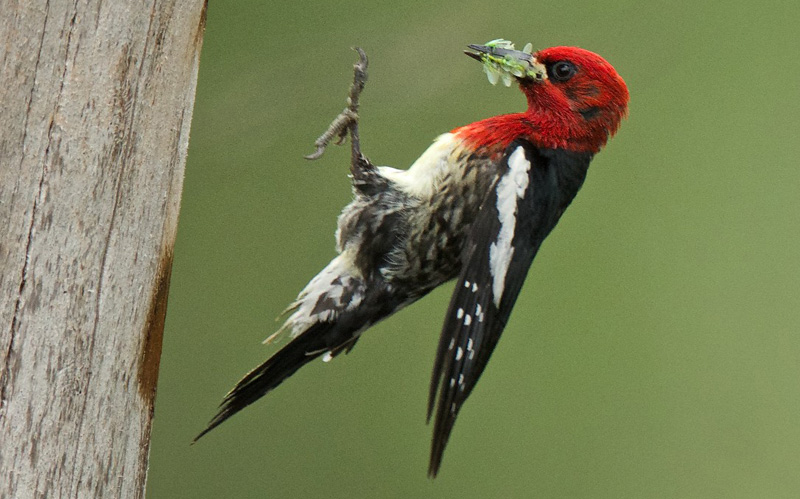
Gregg witnessed one adult catching flying insects.


Fruit — like this salmonberry — makes up only about 12% of their diet.
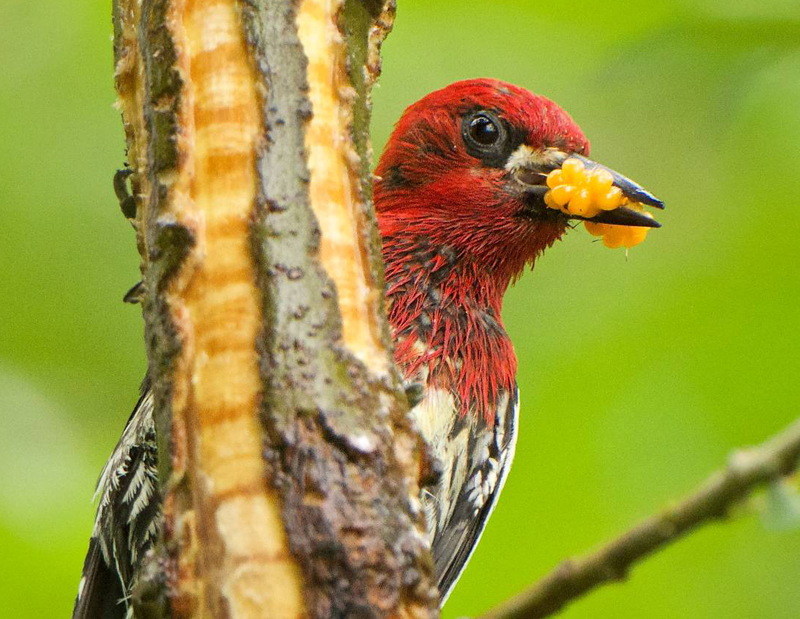
And as Gregg says, what goes in must come out. The male carries fecal sacs from the nest and deposits them elsewhere, away from the nest.
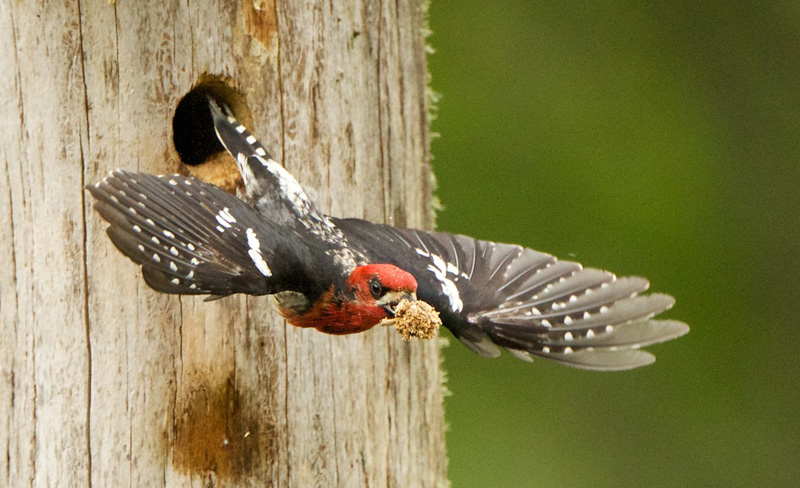
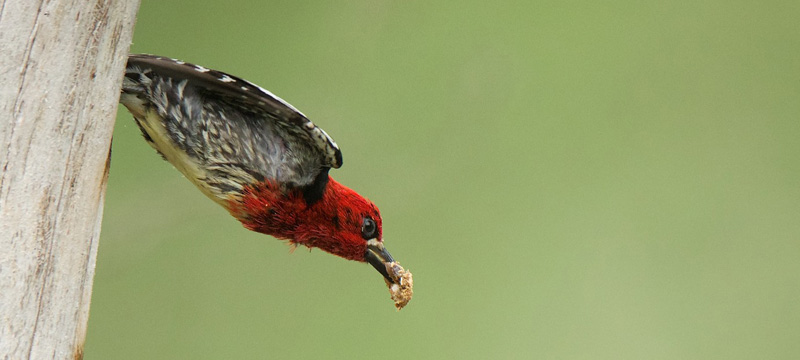
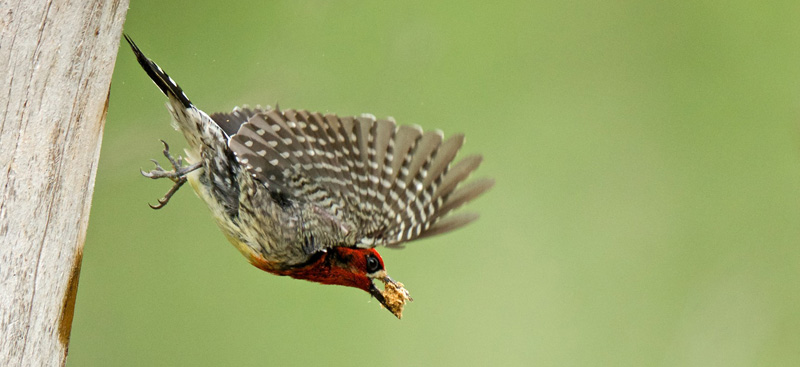
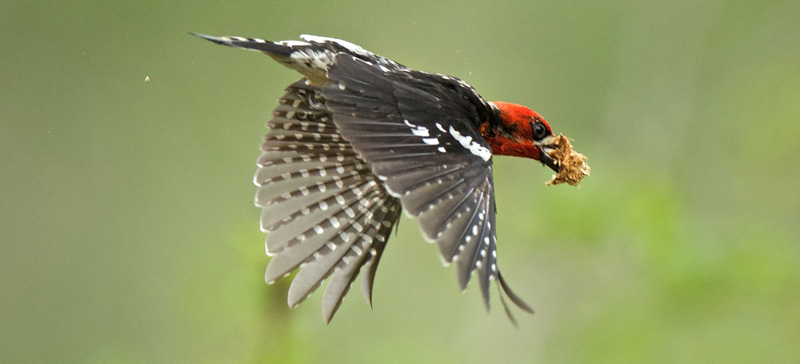
Look who's here!
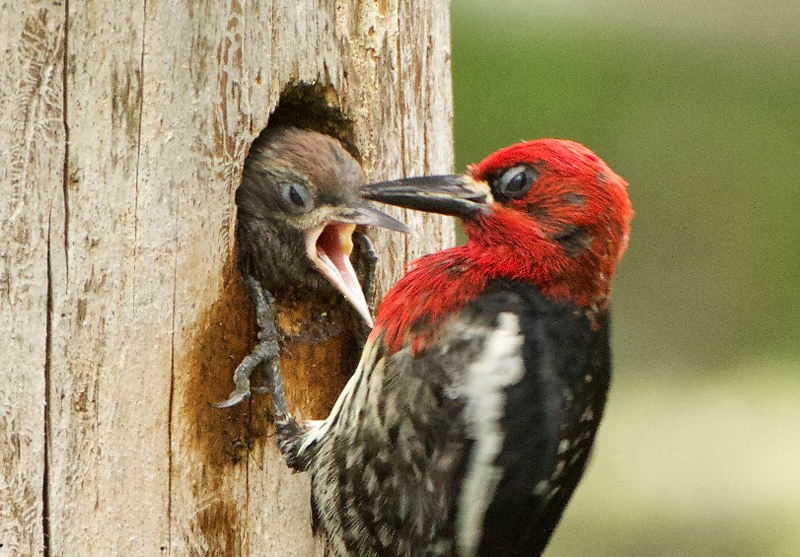
Five weeks later, Gregg photographed the recently fledged young as they continued to be fed by their parents outside the nest cavity.
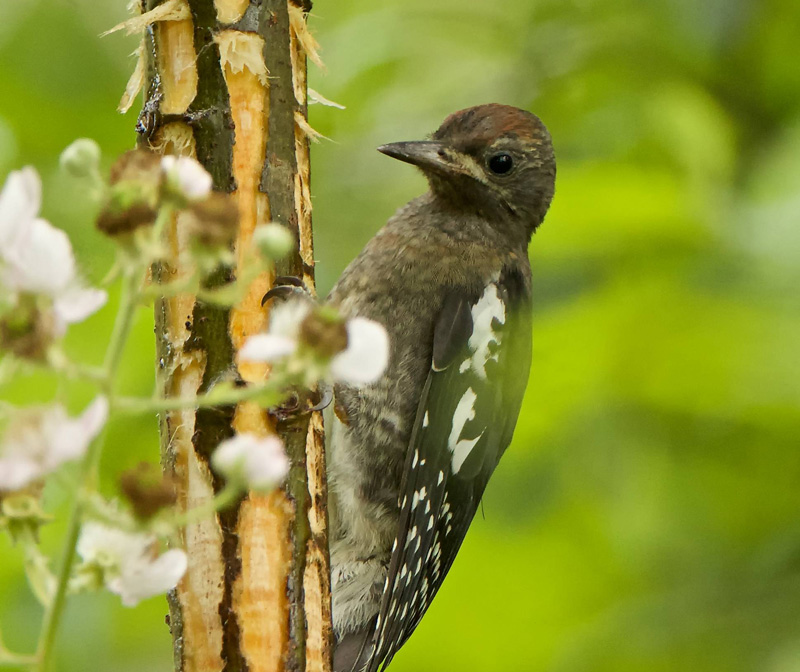
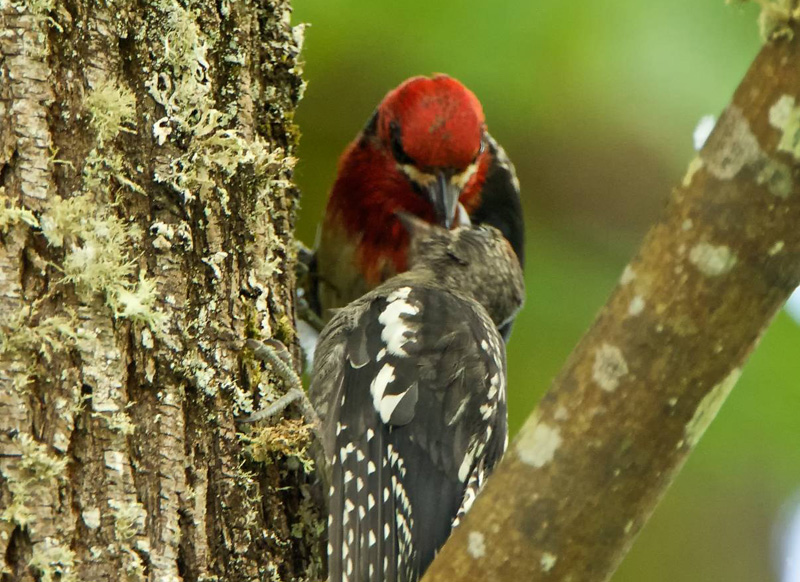
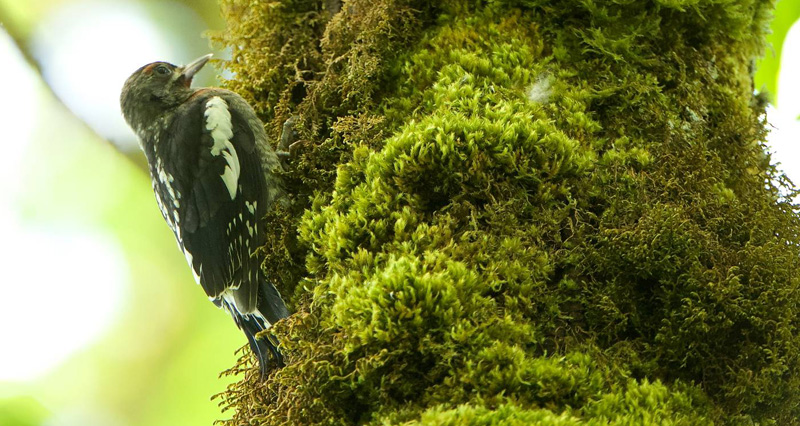
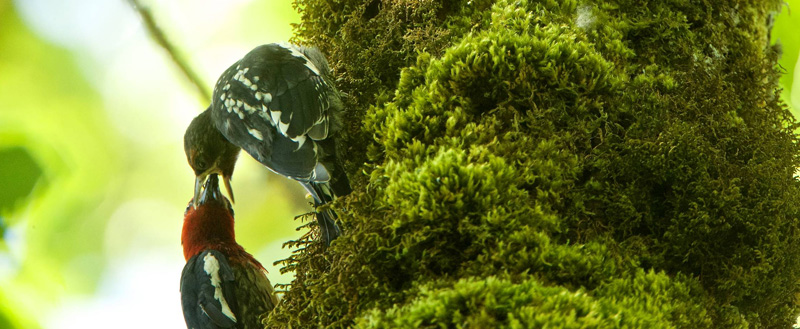
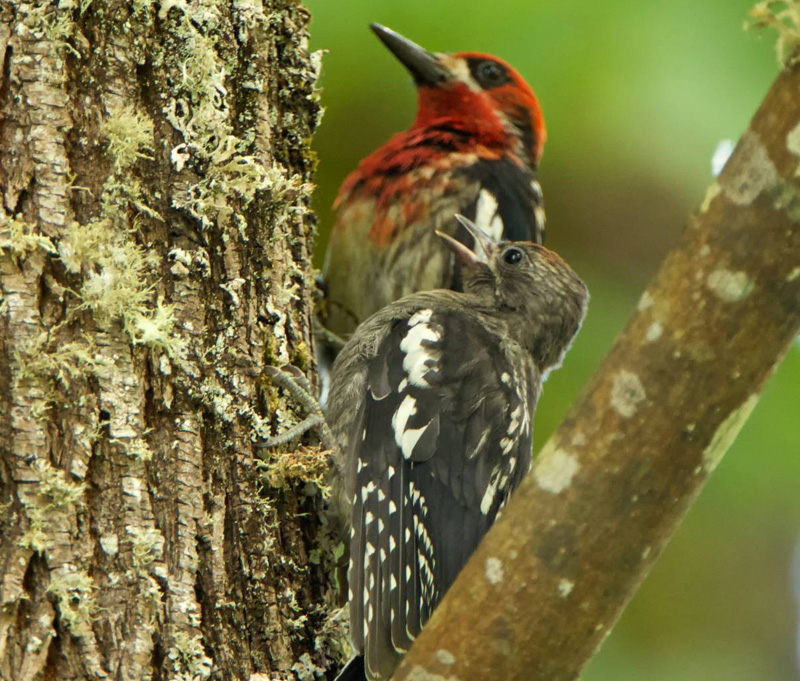
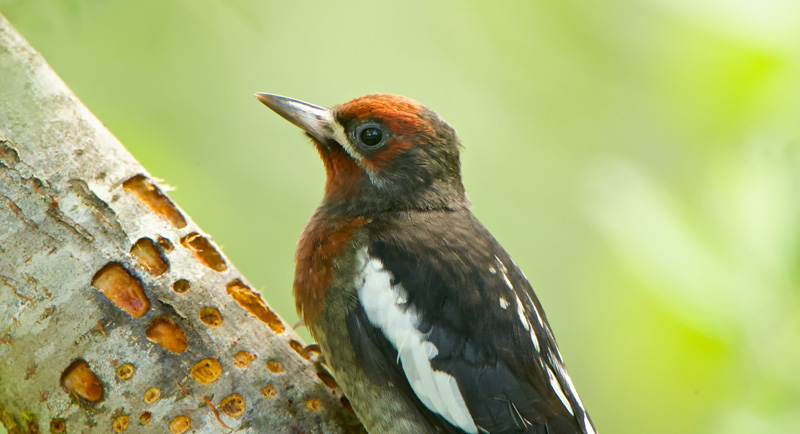
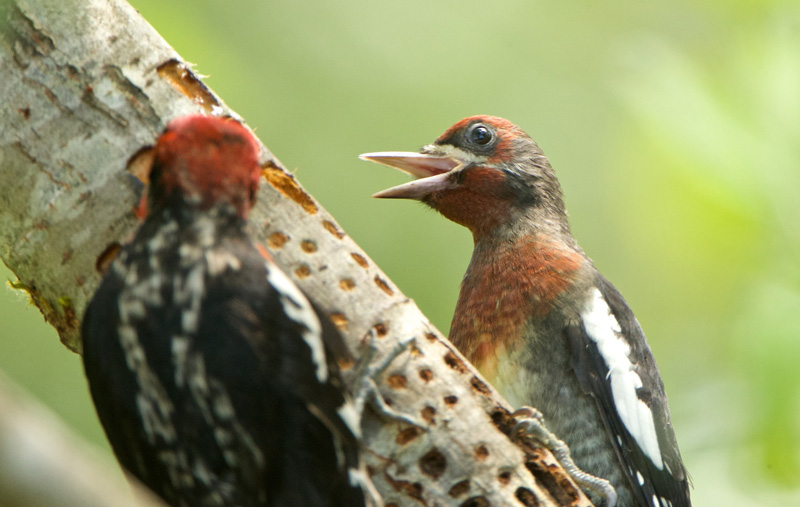
Sapsuckers are famous for constructing sapwells— shallow notches in the bark of trees. The tongues of sapsuckers are shorter than those of other woodpeckers, which much reach deep to find insects. Their tongues are tipped with hair to increase surface area for lapping up sap.
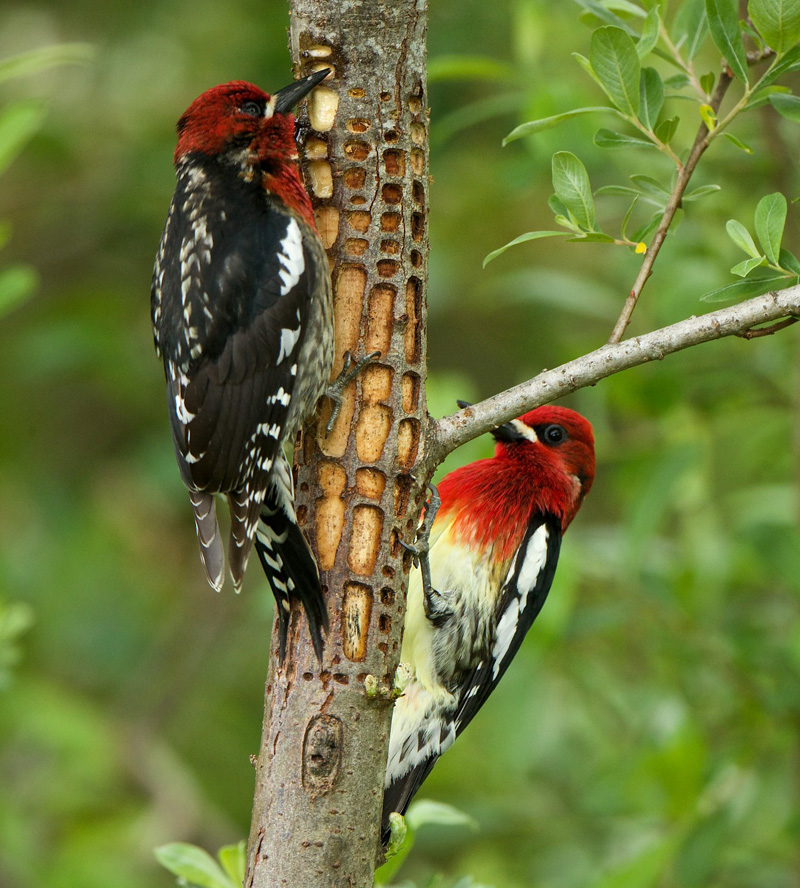
Hummingbirds apparently benefit from sapwells, too. They may even time their migration with that of sapsuckers, nesting nearby to take advantage of the sap and the insects it attracts.
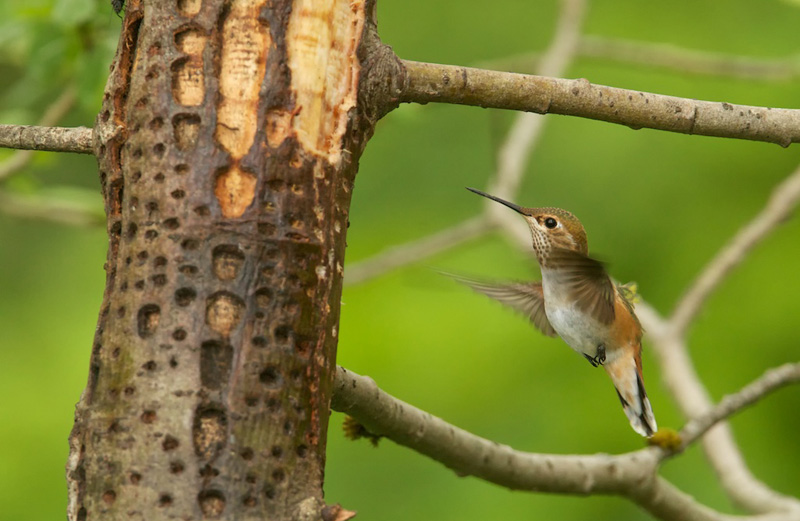
But Gregg photographed a couple more beneficiaries — an opossum...
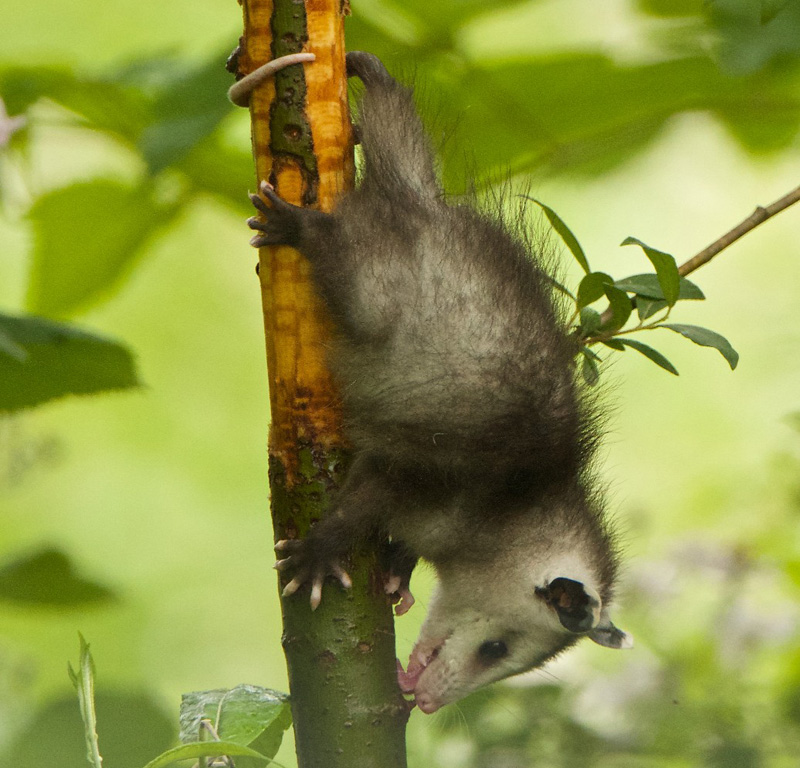
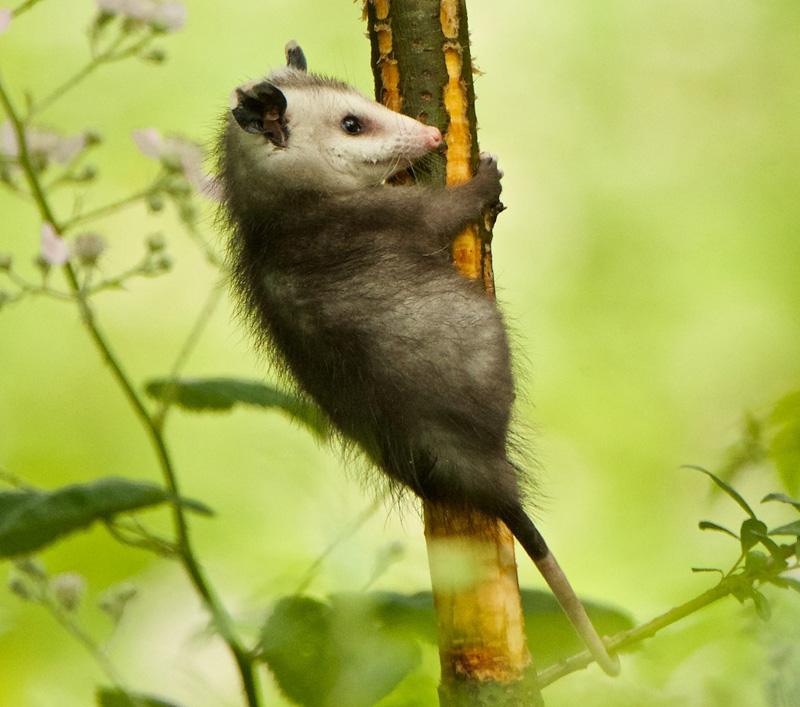
.
.. and a rat!
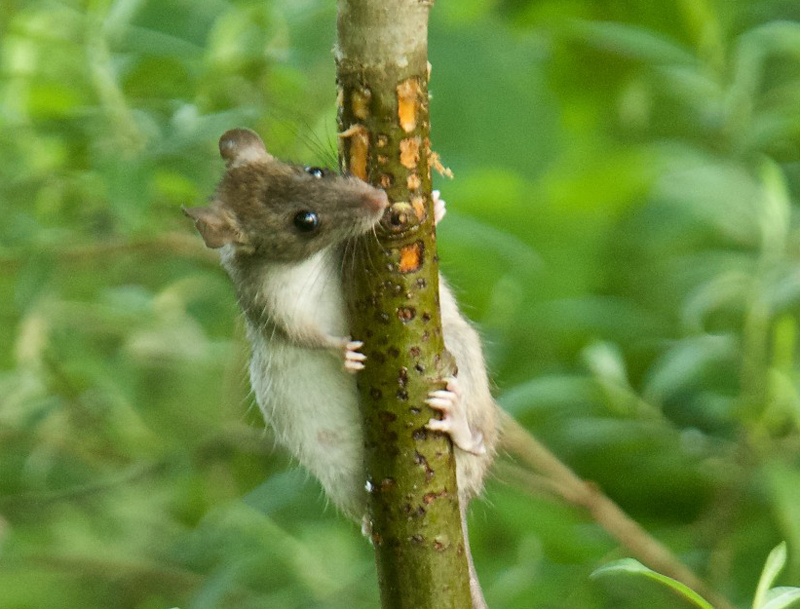
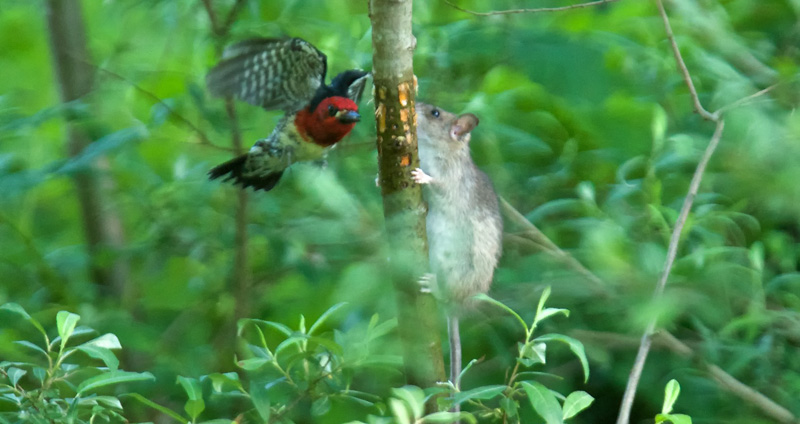
###
